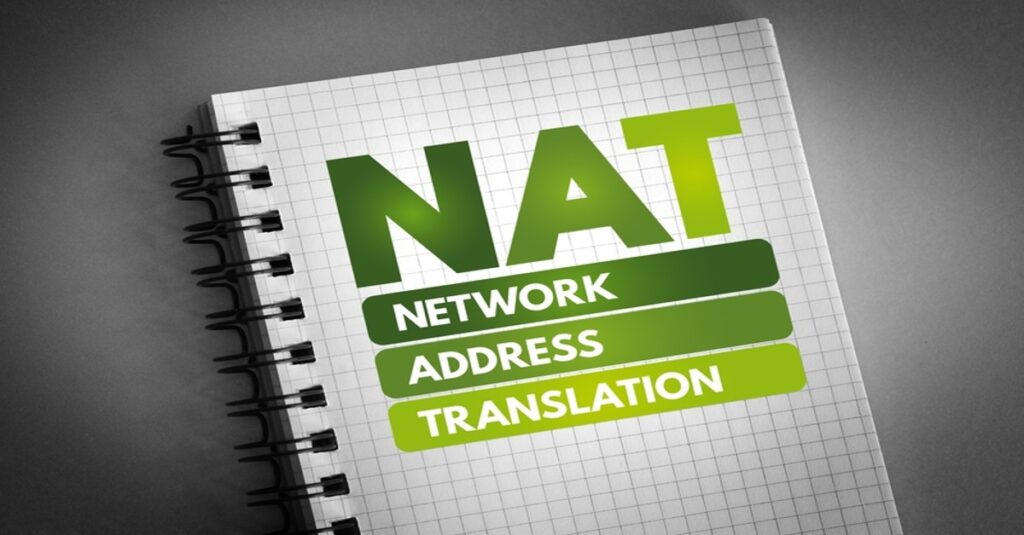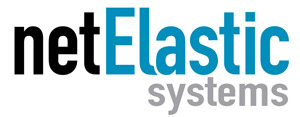The universal quest to bring internet access to all has increased the demand for IP addresses. Unfortunately, the depletion of IPv4 addresses has created a problem. With no new IPv4 addresses available and IPv6 still not fully adopted, many broadband service providers are forced to buy or rent expensive IPv4 addresses.
This is where Carrier-Grade Network Address Translation (CGNAT) can help. Simply put, CGNAT enables multiple end devices within a network to use a single IP address to connect to the internet. It works by mapping multiple private IP addresses to a single public IP address, conserving the limited supply of IPv4 addresses. As a result, broadband providers can scale their business without worrying about exhausting their pool of IPv4 addresses.
Once a service provider decides to purchase CGNAT, who should they buy it from? There are many vendors to choose from, including traditional CGNAT vendors and newer, software-based CGNAT vendors.
Buying CGNAT from a Traditional CGNAT Vendor
For large Tier 1 carriers with large budgets, CGNAT solutions from traditional CGNAT vendors may be a good decision. These CGNAT products typically offer translation and feature options for multiple types of mobile broadband as well as standard fixed broadband. In fact, many traditional CGNAT vendors work closely with some of the largest carriers in developing their CGNAT products. To meet the demanding requirements of the biggest carriers, vendors try to put everything into their fully-featured CGNAT.
Also, most traditional CGNAT solutions run on proprietary hardware. And many still do. Unfortunately, proprietary solutions limit both choice and flexibility. Although many hardware vendors now offer CGNAT in multiple form factors, their money is still made on the hardware, which they continue to promote.
Again, if you’re looking for a feature-rich solution to support mobile networks as well as fixed broadband, you may want to explore CGNAT solutions from traditional CGNAT vendors, such as A10 Networks. Of course, these fully loaded CGNAT solutions also have the highest prices.
Software-based CGNAT Solutions

Small and regional broadband providers may not require the same CGNAT features as large carriers, nor can they afford to pay for fully loaded CGNAT solutions. For these providers, there is an alternative.
The future of the network is software-based and CGNAT solutions can now be purchased as software. With software-based (or virtual) CGNAT, service providers can select the CGNAT software that best meets their needs, while not being forced to buy bundled, proprietary hardware. Software-based CGNAT runs on commodity x86 servers.
Virtual CGNAT that runs on commodity servers can provide ISPs with more network flexibility, in addition to lower costs. Software-based CGNAT solutions can also be deployed in days, rather than weeks or months.
A Software-Based CGNAT Disrupting Traditional CGNAT Solutions
netElastic CGNAT was developed as an alternative to legacy, expensive CGNAT products. netElastic focuses on fixed broadband only, enabling netElastic CGNAT to achieve 3-4 times more bandwidth performance than similarly priced legacy solutions.
As mentioned earlier, traditional GNAT solutions run on expensive proprietary hardware. In contrast, netElastic CGNAT runs on commodity x86 servers. As a result, broadband providers have saved up to 80% by switching to netElastic.
netElastic’s high-performance virtual router technology is at the heart of its CGNAT, including a scalable software architecture that delivers a high level of translation performance. Using DPDK and advanced packet processing, netElastic CGNAT can achieve near-line-rate throughput on 10G, 25G, 40G, and 100G interfaces. netElastic also supports up to 60,000 subscribers and 6 million NAT sessions.
For broadband providers looking for an economical CGNAT, netElastic delivers unparalleled value with industry-leading price/performance. To learn more, please read the white paper: Can Implementing CGNAT be Easy and Affordable?

